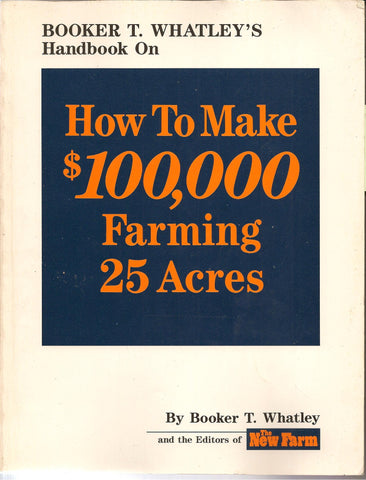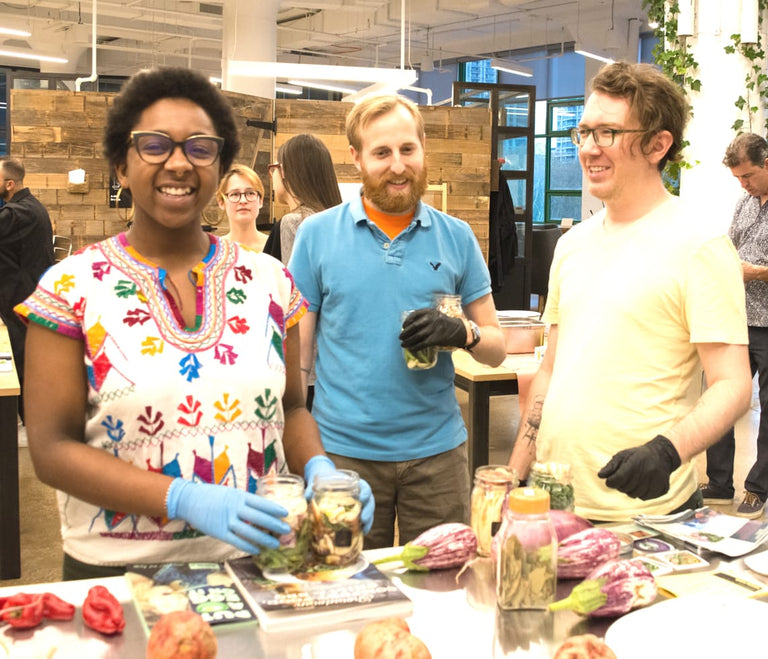The Overlooked History of Regenerative Agriculture and CSAs in America

Community Supported Agriculture, otherwise known as a CSA, is a way to invest in local farm-fresh produce and the people and places who produce it. In the 1980s, community supported agriculture programs gained traction around the country and have become increasingly popular, beginning amongst small, family run farms growing organic and diverse varieties (like the ones we work with at Local Roots).
The origins of the CSA are somewhat blurry. Many will say it originated in the 1970s with Japanese agricultural leader and philosopher Teruo Ichiraku, who made it a mission to alert the public to chemicals used in agriculture and encouraged consuming organic goods from family farms. Around the same time, Les Jardins de Cocagne, a cooperative farm in Geneva, Switzerland was founded and similar types of programs spread across Europe. But, like too much of history, the origins of CSAs in the United States have been grossly whitewashed, and have roots in the BIPOC community. In Alabama in the 1960s, Black southern farmers and academics, specifically Dr. George Washington Carver and one of his mentees, Booker T. Whatley, were organizing and implementing programs that laid the groundwork for the modern day CSA.
George Washington Carver was born enslaved in Missouri around 1864 and was freed shortly after the Civil War (which ended in 1865.) From boyhood, he had a strong interest in plants, eventually becoming the first black student at Simpson College in Iowa and getting a Master of Science in botany and agriculture in 1896.

Carver’s study and work was centered specifically around supporting Black southern farmers in the wake of the Civil War. Despite great knowledge of the science, Carver had to learn and understand the limitations— socially, politically, and financially— facing Black farmers at this time.
After the Civil War, freed slaves and their descendants accumulated 19 million acres of land, and about 14% of all farms were Black or African American operated by 1910. While slavery was technically over, Black farmers and farm-owners struggled to maintain this land and grow their farms, threatened by unfair and unevenly enforced laws and sometimes exchanging much work for little return crop or pay. Land was constantly being unjustly stripped from these farmers. (In 1920, nearly a million Black farmers worked on 41.4 million acres of land. Today, only about Black farmers make up just 1.4% of the nation’s farm owners, tending just 4.7 million acres.)
Despite the hardships, Carver worked with these Black farmers in an effort to create lucrative, productive farms. He showed them how to replenish the poor-quality soil, stripped of its nutrition as a result of monocropping cotton and tobacco for many years. Carver encouraged crop rotation, told farmers to begin growing and foraging their own vegetables and protein to save on food costs, and showed them how to use compost in the place of expensive commercial fertilizers.
Carver encouraged these farmers to understand their land and the seasonal cycles. While many farmers were still growing cotton, Carver introduced peanuts into their crop rotation, providing a nitrogen rich product to grow in their fields in the cotton off-season. In researching the fats, oils, sugars and gums of the peanut, he also found how profitable growing this nut could be for these farms. Not only would it restore the land, but nuts could serve as food for livestock and farmers, in addition to the profits that could be made through selling peanuts and their oil.
Despite efforts to restore farmland through systems set in place by Carver, the systemic oppression of the American South and continued racism in the United States created obstacles for Black farmers to succeed. Discriminatory laws, regulations and bills resulted in the steep decline of Black farmers and their struggles to retain their land and profits.
Booker T. Whatley, an Alabama born academic, and mentee of Carver, was an advocate for the regenerative, sustainable farming systems introduced by Carver, but also believed that farmers could make a livelihood through direct marketing and sales. He introduced widespread methods including Pick Your Own Farms and “Clientele Membership Clubs,” a membership which would include produce from the farm (the first CSA).

Whatley saw the Clientele Membership Club as a way for small farmers to anticipate demand and plant and plan accordingly. Additionally, by having people pay for membership to the farm and it’s yield, he was connecting people with the land. He encouraged members to visit the farms, have their kids play on the land. This idea, amongst others for making small farms sustainable from a profit perspective, is outlined in his book, How to Make $100,000 From a 25-acre Farm. Part of his strategy also included building farms in close proximity to cities, which encouraged low travel times for the produce and higher populations and concentrations of customers. Carver’s goal was to eliminate the middlemen/woman, and instead connect the consumer with farm fresh produce. These practices became essential to small farmers' success through the 1970s and 80s.
Through regenerative, sustainable farming efforts and smart marketing and profit tactics, small farms were able to innovate and have evolved to become what we have today. The combined work and influence of Carver and Whatley had lasting effects, though they are often overlooked and uncredited. Both Carver and Whatley were committed to saving America’s small farms, and through scientific and academic investment and focus, they set into motion the practices and methods many of our farmers rely on today.
Here at Local Roots, we source our products from various small, sustainable farms around New York City. For that reason, we are not technically a CSA, but both our subscription model and the relationships we foster and create with our farm partners are rooted in that model. Carver and Whatley laid the foundation for modern regenerative agriculture practices and the opportunity for organizations like ours to partner and share the work of small farmers with our community, so together, we continue to fuel and invest in our local farms!
Article by Local Roots Content Volunteer Sylvie Florman
Rather have a taste first?
Local Roots Experiences are fun, pop-up events where we bring the farm to you!

Become a Harvest Club Pick Up Location
Are you a NY based cafe, bar, or neighborhood business? Become a Harvest Club pick up location and have community members come to your establishment each week to pick up their Local Roots harvest.
Top






